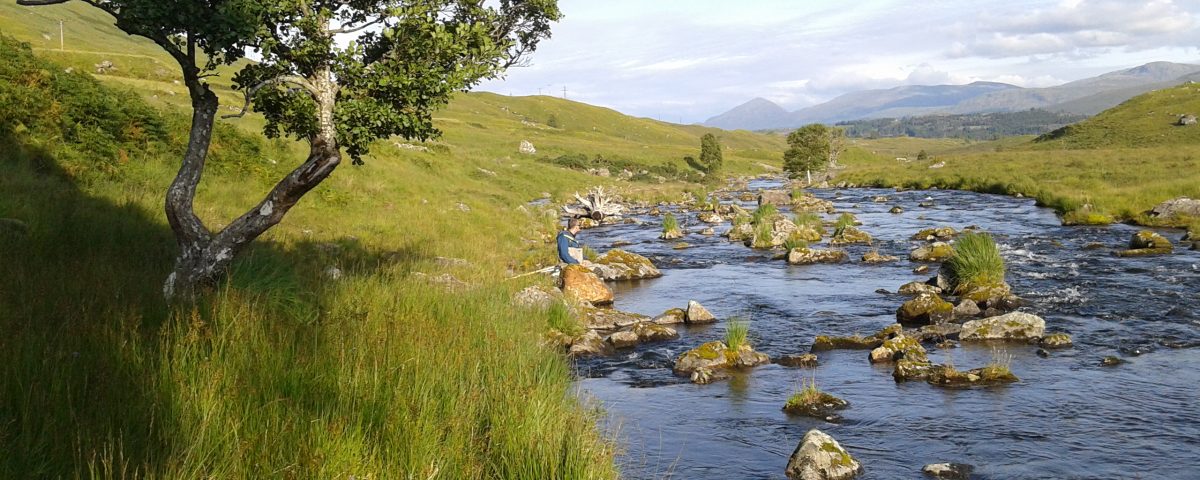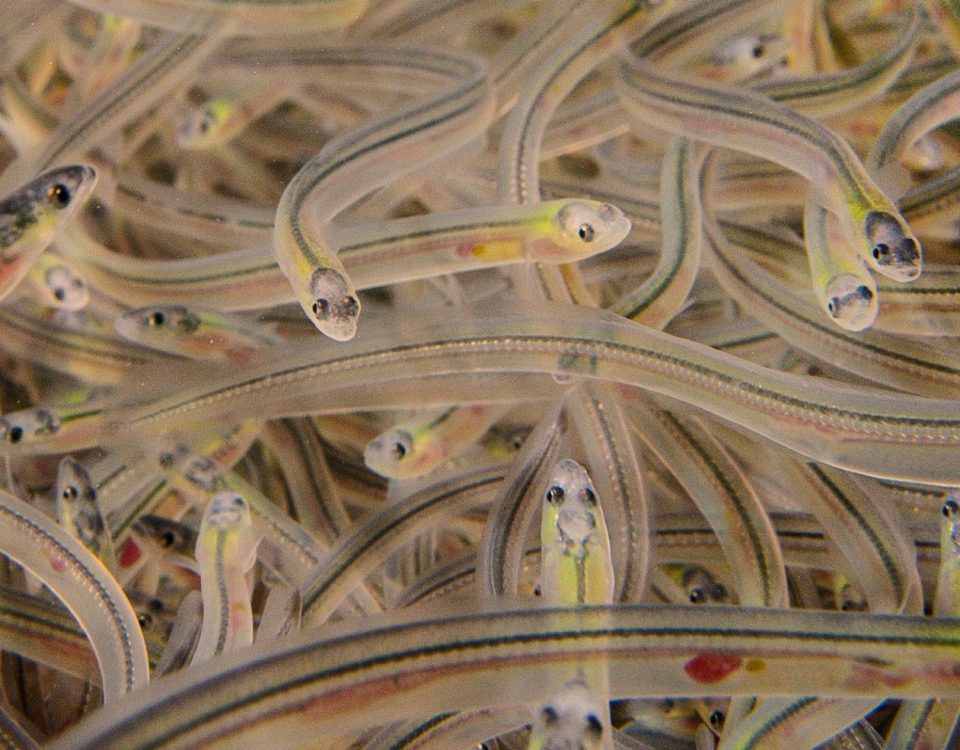
SMIRES workshop on Citizen Science
January 27, 2019
Out with the old and in with the renovated dams
February 13, 2019Measuring the impacts of barriers and climate change on riverine habitats
Like most animals, fishes are impacted by their immediate environment. Fishes are accustomed to specific flow velocities, temperatures, water clarity and other habitat features. Based on these features, a specific fish can live there or not. To survive they need to eat, reproduce and hide from danger using all available features of their surroundings. Actually, a fish has a sort-of sensory circle around them with which they use to feel these habitat elements and they react to it by staying or changing their range within the river. Unfortunately, river habitats are easily disrupted by human interference and climate change making them unsuitable to fishes that once thrived there.
We know that man-made barriers, like dams, can have impacts on rivers. What is interesting though to know is exactly how barriers affect river habitat and how is that further affected when you adjust for climate change. This is one of the research questions a team within AMBER is working to solve: what are the impacts of barriers on upstream and downstream habitats and how does this impact change with climate change?
The team also wants to understand the circumstances under which animals could still thrive and which modifications to barriers can be made that could help fix the upstream and downstream environments. They aim to develop a habitat model that will need a small input of data (river type, geographic type, climate circumstance, etc.) to produce precise numbers that guide restoration planning and adaptive planning. It will also produce different scenario outputs to choose from by providing the percentage of river benefit and the expense that it will cost.
One of the first steps to answering these questions is to gather data from different habitats to know which habitat types are suitable, not suitable or optimal. The research team gathered data by deriving information from primary literature and observations. Currently, they are using remote sensing and drones to help them with their observations and measurements. The drones capture the habitat distribution up and down the stream and these data can then be entered into the habitat model. With this type of research, they needed to collect a lot of habitat details because it is imperative to measure the environment at the scale at which animals perceive it— the scale of centimeters. So far, the team has collected a majority of the data and as a part of their effort they are trying to improve the data collection technology. The team aims to develop the methods to measure this density of data and extrapolate it to the large scale of the river. By knowing these data, the team created a computer model of river habitats and the circumstances that occur there to tell whether the habitat is suitable for the fish species expected there.
As an example, if the team were to find a deep pool with wooden debris, they can calculate the probabilities of big fish or communities that can occur there. One of the team members, Piotr Parasiewicz from The Stanisław Sakowicz Inland Fisheries Institute said, “Suitability is highly dependent on water flow. It is important to understand the water variability and the ranges of flow that offer suitable habitat.”
With their model, they can simulate different flow patterns at different habitats using nine climate models to simulate climate change scenarios. And not only does climate change affect the suitability of habitats, but barriers also change the patterns of the water flow. In a natural river, habitat availability will not change dramatically from day to day but remains rather constant. However, a barrier can rapidly release a lot of water at different times and change the natural flow and habitat pattern. This is much more dramatic in regulated river channels, because animals do not have places to hide from high velocities.
One important factor to remember is that while animals can adapt to change, for animals to actually thrive they need some acceptable circumstances for longer time. If you have acceptable habitat and flow amount for only an hour a day then the animals would not be able to cope.
By knowing how water flow will impact the habitat suitability, this model will show the expected impact of river barriers and climate change. The model will also measure what would happen if the dam was taken away or how it could be modified to reduce impacts. In this way, they are researching if dams can be an option for adaptation/mitigation for climate change.
They intend to finish the model before summer and the entire project by May 2020. This tool will serve to better equip river managers, industry, resource managers, and regulatory agencies wanting to effectively manage a river in the changing climate.
Author: Roxanne Diaz
Photo credit: Piotr Parasiewicz




